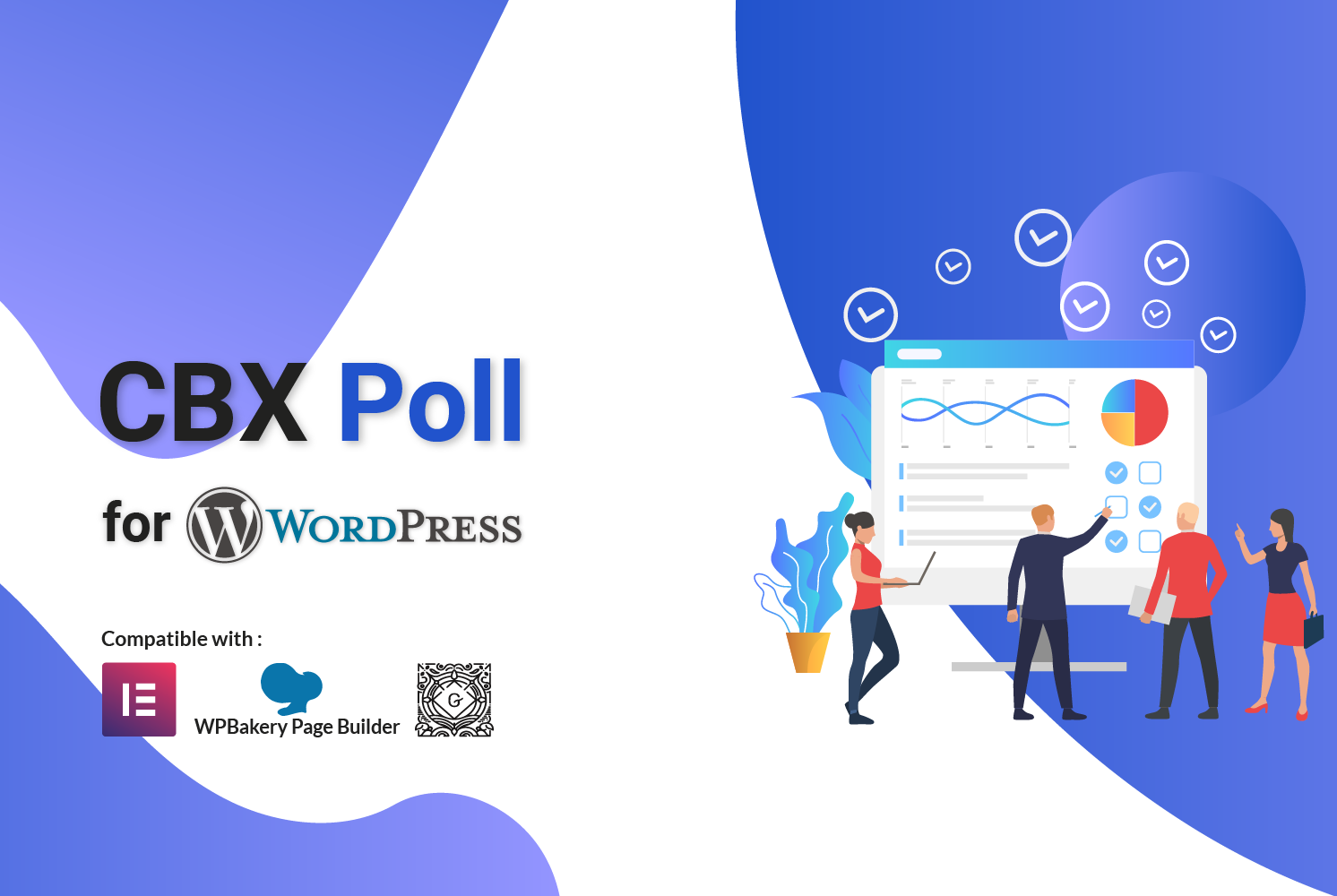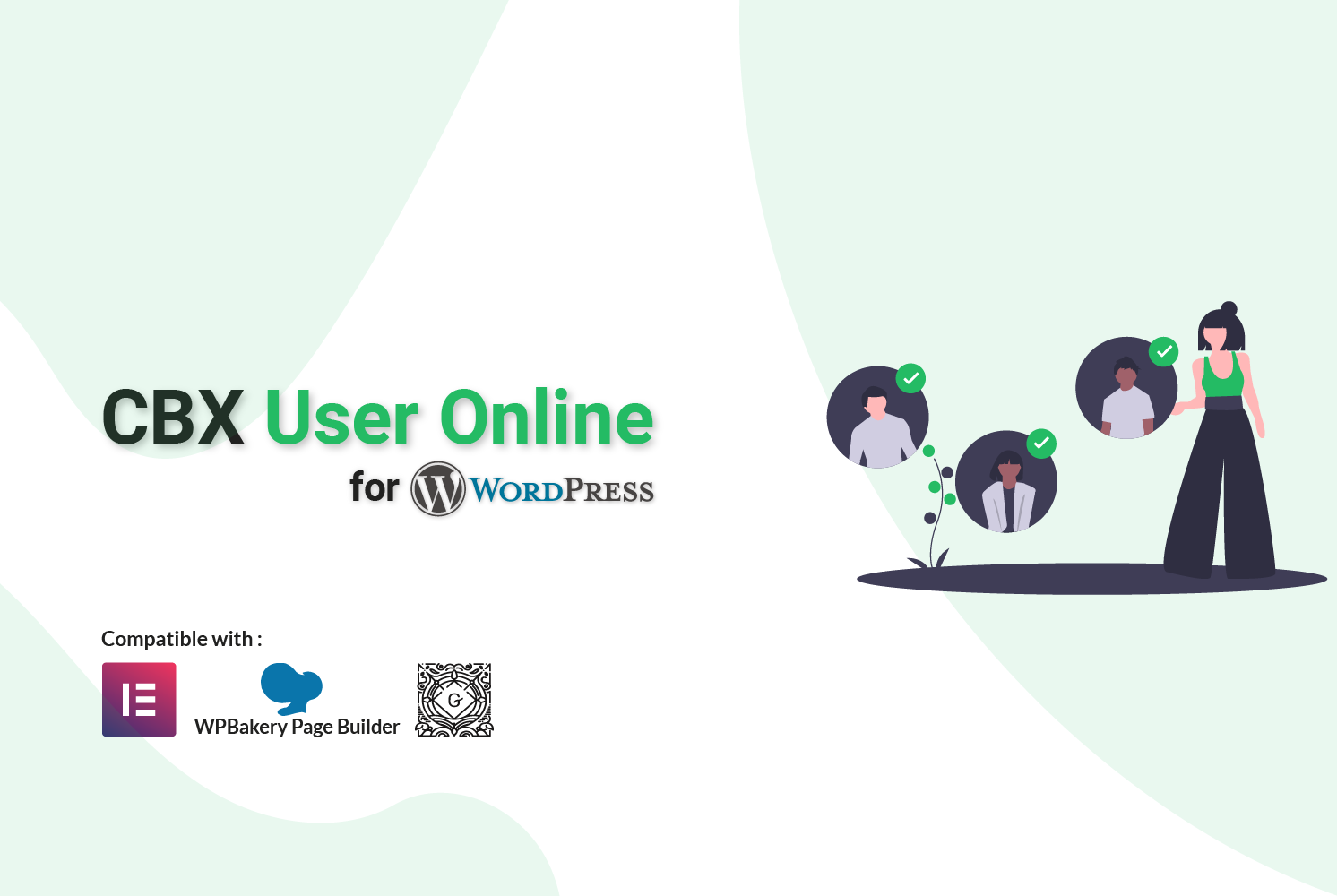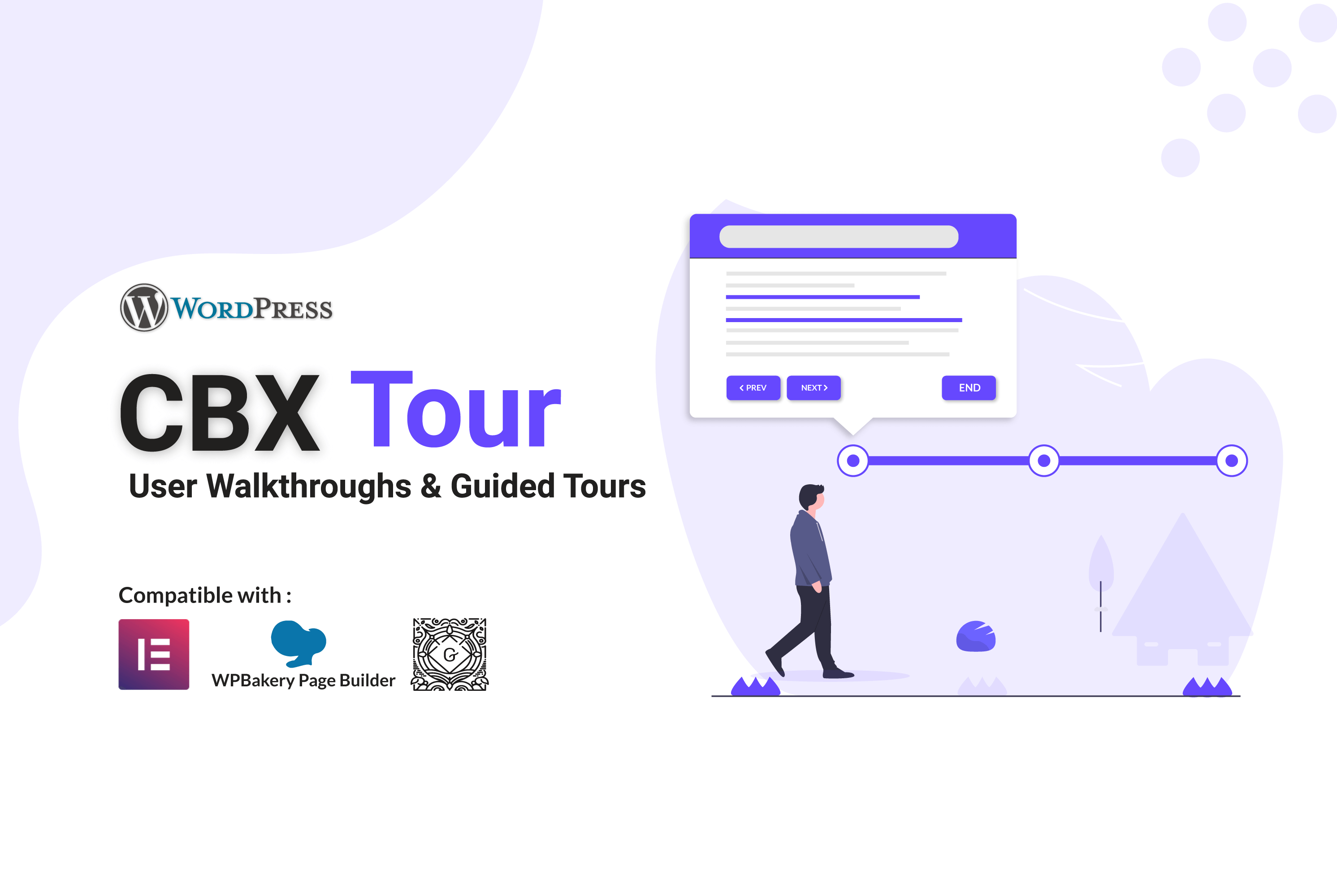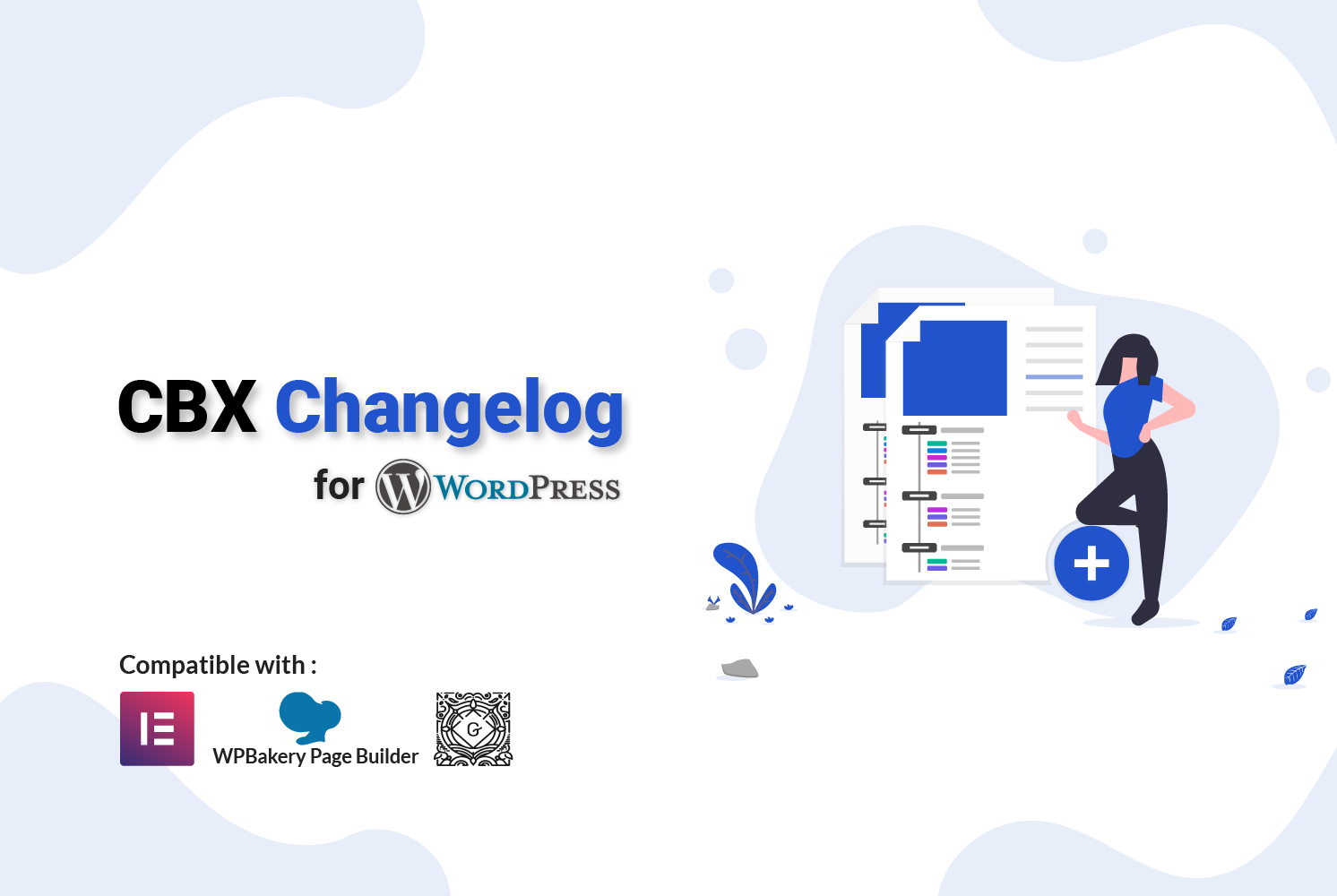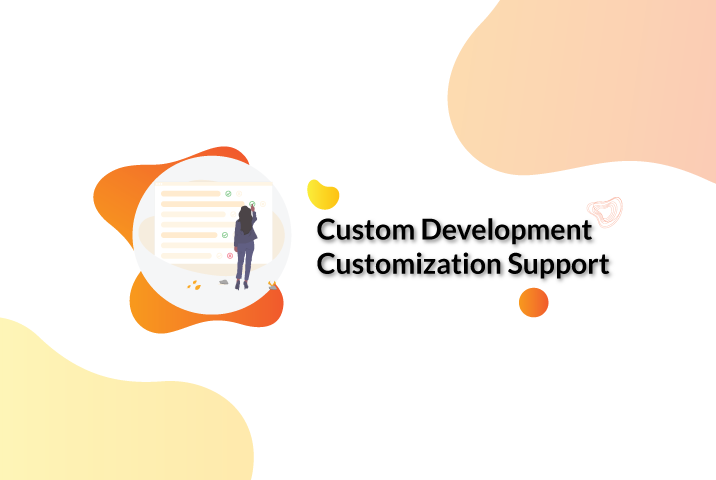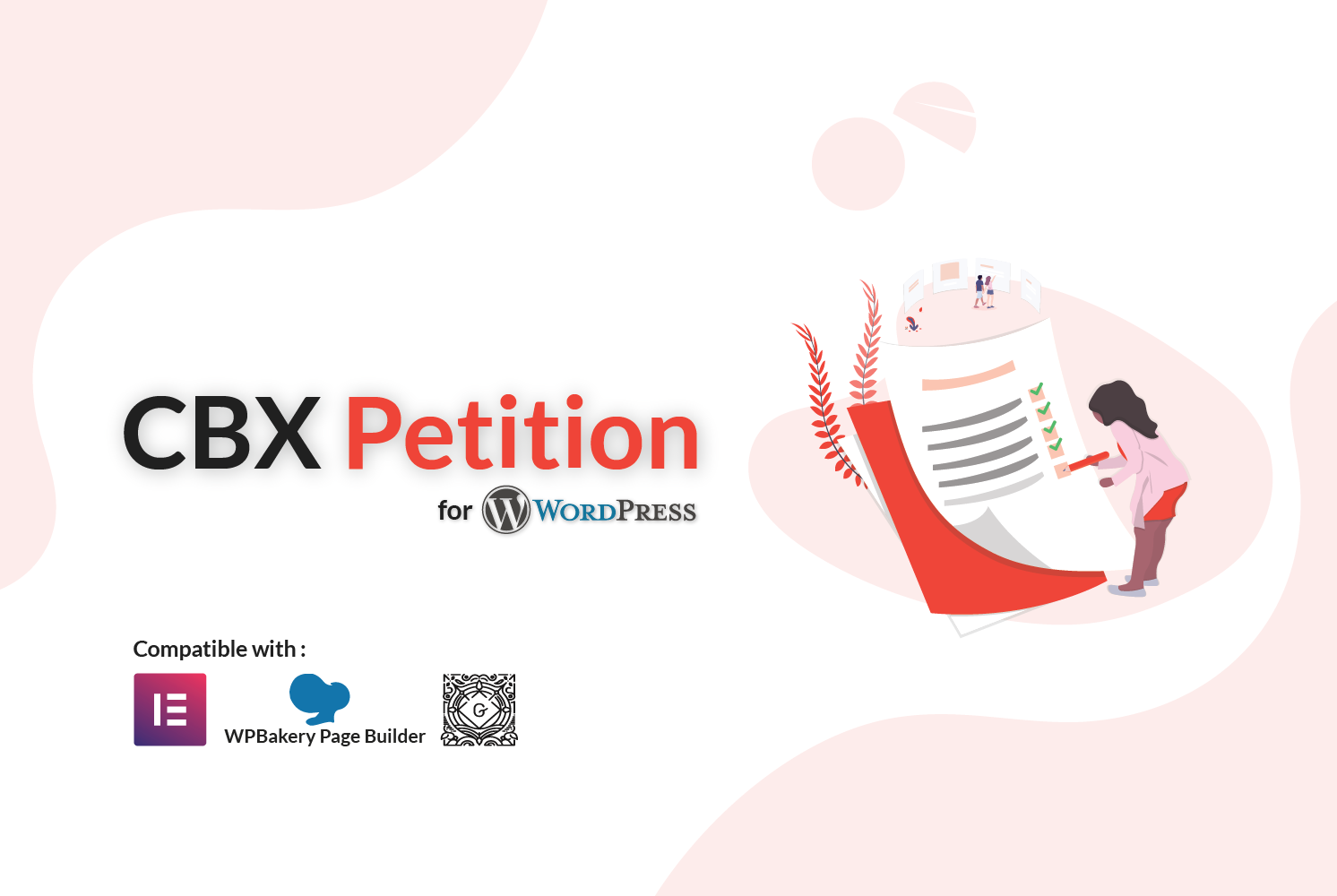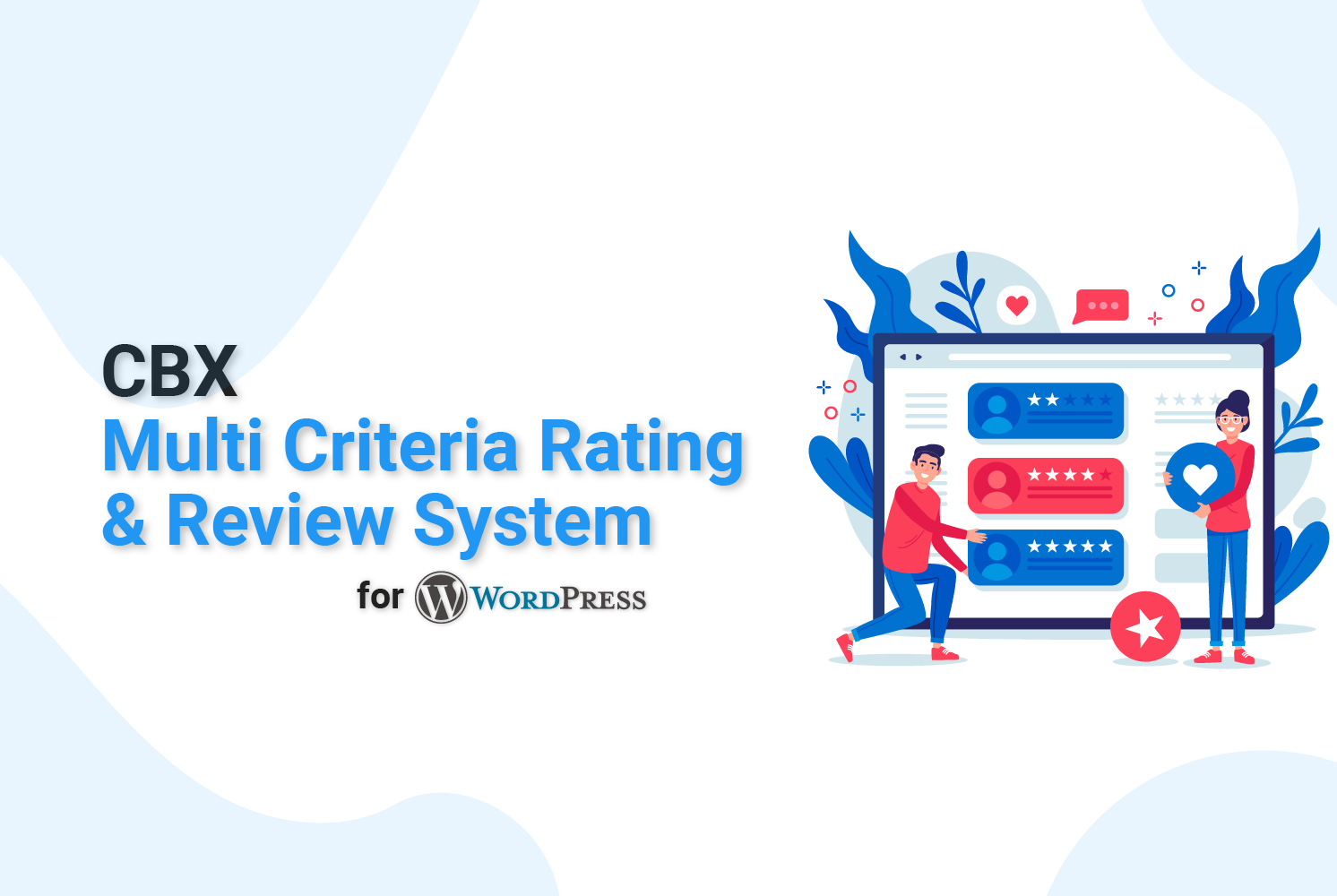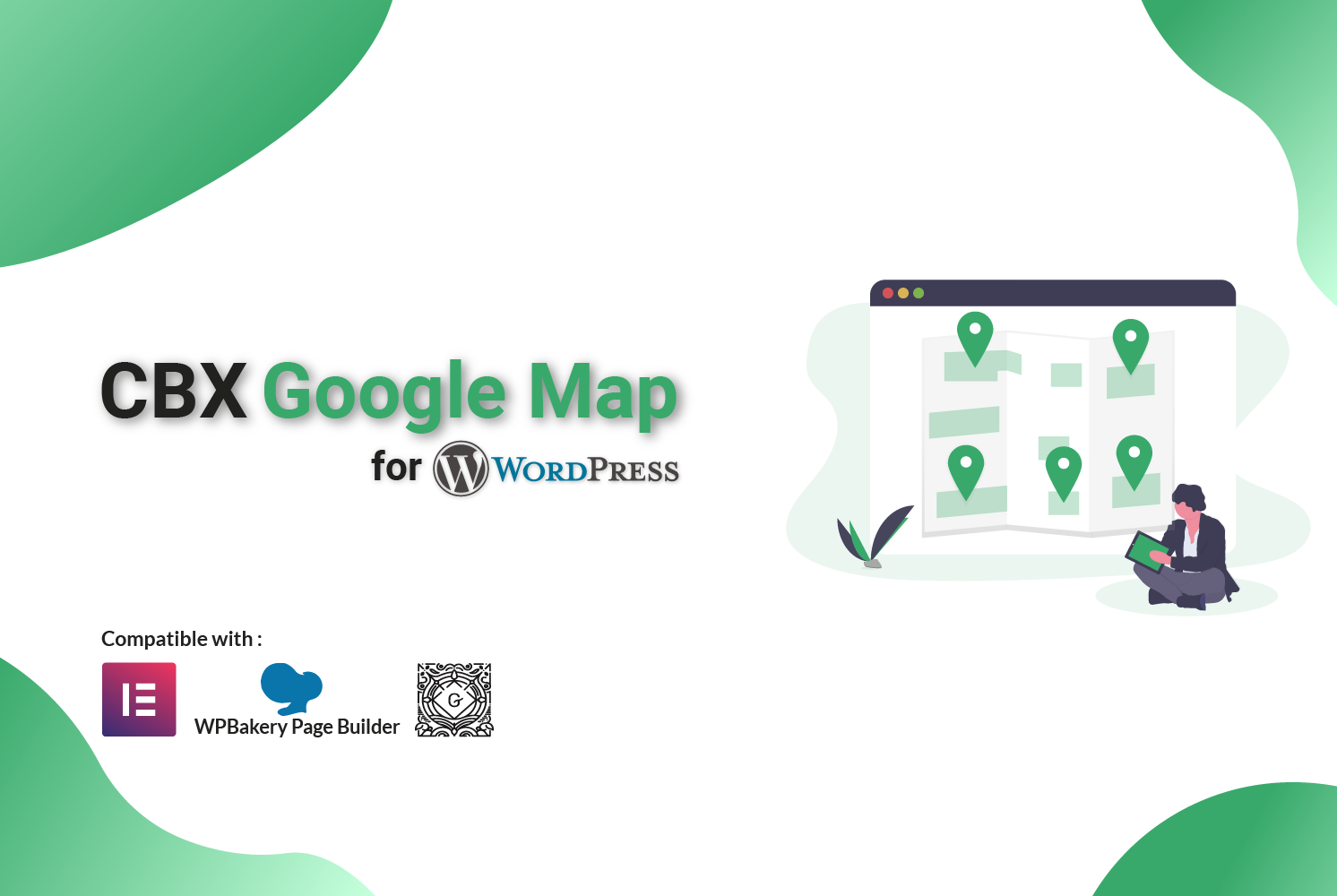Latest WordPress Trends 2025: Security, Caching & Performance Optimization That Actually Work
The WordPress landscape is evolving at breakneck speed in 2025, and staying ahead of the curve isn’t just recommended—it’s essential for survival in today’s competitive digital environment. With over 43% of all websites powered by WordPress, the platform continues to dominate, but the strategies that worked even two years ago are becoming obsolete.
📖 In a previous 🔗 article we focused on SEO, Speed and Performance
This comprehensive guide dives deep into the WordPress trends that are actually moving the needle in 2025. We’re not talking about theoretical concepts or wishful thinking—these are battle-tested strategies currently being used by successful WordPress sites to dominate search rankings, protect against evolving threats, and deliver lightning-fast user experiences.
Faster average load times with new caching methods
Reduction in security breaches using 2025 techniques
Improvement in Core Web Vitals scores
The WordPress Security Revolution: Zero-Trust Architecture Arrives
Traditional WordPress security approaches are crumbling under the weight of sophisticated AI-powered attacks. The old “set it and forget it” mentality with security plugins is not only ineffective—it’s dangerous.
1. AI-Powered Threat Detection
The game-changer in WordPress security for 2025 is the implementation of machine learning algorithms that adapt in real-time. Instead of relying on signature-based detection, these systems analyze behavioral patterns to identify threats before they strike.
What’s Working Now:
- • Wordfence’s Live Traffic Analysis: Uses AI to detect anomalous behavior patterns across millions of WordPress sites
- • Sucuri’s Behavioral Analytics: Monitors user interaction patterns to flag suspicious activities
- • iThemes Security Pro’s Smart Detection: Adapts to your site’s unique traffic patterns
2. Multi-Layer Authentication Beyond 2FA
Two-factor authentication is table stakes now. The real protection comes from implementing adaptive authentication systems that adjust security requirements based on risk assessment.
Implementation Strategy:
- • Device fingerprinting for login verification
- • Geolocation-based access controls
- • Behavioral biometrics (typing patterns, mouse movements)
- • Time-based access restrictions
Security Trend Alert: The Rise of Supply Chain Attacks
In 2025, hackers aren’t just targeting your site directly—they’re compromising the plugins and themes you trust. Implement plugin integrity monitoring and establish a vetted plugin whitelist. Sites using unvetted plugins are seeing a 340% increase in compromise rates.
Advanced Security Implementation
// Add this to your wp-config.php for enhanced security headers
define('FORCE_SSL_ADMIN', true);
define('DISALLOW_FILE_EDIT', true);
define('WP_AUTO_UPDATE_CORE', true);
// Security headers via functions.php
function add_security_headers() {
header('X-Content-Type-Options: nosniff');
header('X-Frame-Options: SAMEORIGIN');
header('X-XSS-Protection: 1; mode=block');
header('Referrer-Policy: strict-origin-when-cross-origin');
}
add_action('send_headers', 'add_security_headers');
Caching Revolution: Beyond Traditional Page Caching
Page caching plugins like WP Rocket and W3 Total Cache are still important, but they’re just the foundation. The WordPress sites crushing their competition in 2025 are implementing sophisticated, multi-tiered caching strategies that go far beyond what most developers even know exists.
3. Edge Computing Integration
Content Delivery Networks (CDNs) have evolved into comprehensive edge computing platforms. Instead of just serving static files, modern edge solutions are processing dynamic content closer to users.
Leading Solutions:
- • Cloudflare Workers: Process PHP logic at the edge for sub-100ms response times
- • AWS CloudFront Functions: Execute lightweight functions at 225+ edge locations
- • KeyCDN’s Edge Logic: Custom processing rules without server roundtrips
4. Predictive Caching with User Behavior Analytics
Instead of reactive caching, smart WordPress sites are implementing predictive systems that pre-load content based on user behavior patterns and site analytics.
How It Works:
- • Analyze user journey patterns using Google Analytics 4
- • Pre-load likely next pages during idle browser moments
- • Cache personalized content for returning visitors
- • Implement smart preloading based on time of day and user segments
Advanced Caching Stack Configuration
The most successful WordPress sites in 2025 are running a sophisticated caching stack that includes:
-
Browser Caching:
Leverage browser cache with proper expires headers
-
CDN Layer:
Global content distribution with edge processing
-
Server-Level Caching:
Redis or Memcached for database queries
-
Plugin-Level Caching:
WordPress-specific optimizations
-
Database Query Caching:
Persistent object caching for complex queries
Performance Optimization: The Core Web Vitals Arms Race
Google’s Core Web Vitals aren’t just ranking factors—they’re customer experience determinants. Sites that master these metrics in 2025 aren’t just ranking higher; they’re converting better and retaining users more effectively.
5. Critical Rendering Path Optimization
The difference between a 2-second and 4-second load time isn’t just user patience—it’s revenue. Sites optimizing their critical rendering path are seeing dramatic improvements in both search rankings and conversion rates.
Key Strategies:
- • Above-the-fold CSS inlining: Eliminate render-blocking CSS for visible content
- • JavaScript execution optimization: Defer non-critical scripts and implement code splitting
- • Font loading strategies: Use font-display: swap and preload critical fonts
- • Image optimization: Implement next-gen formats (WebP, AVIF) with proper lazy loading
6. Database Performance Revolution
Most WordPress performance discussions focus on front-end optimization, but the real bottlenecks are often in database queries. Sites achieving sub-second load times are implementing advanced database optimization strategies.
Advanced Techniques:
- • Query optimization: Identify and optimize slow queries using tools like Query Monitor
- • Database indexing: Create custom indexes for frequently queried data
- • Table optimization: Regular cleanup of revisions, spam comments, and transients
- • Database sharding: Split large tables across multiple databases
Advanced Techniques:
- Query optimization: Identify and optimize slow queries using tools like Query Monitor
- Database indexing: Create custom indexes for frequently queried data
- Table optimization: Regular cleanup of revisions, spam comments, and transients
- Database sharding: Split large tables across multiple databases
Real-World Performance Results
Sites implementing these 2025 optimization strategies are reporting impressive results:
-
2.3s Average load time improvement
-
78% Increase in mobile page speed scores
-
41% Reduction in bounce rate
-
23% Improvement in conversion rates
Plugin Ecosystem Evolution: Quality Over Quantity
The WordPress plugin ecosystem is undergoing a massive consolidation in 2025. Instead of installing 20+ plugins for different functions, successful sites are moving toward comprehensive solutions that integrate multiple capabilities without bloating the codebase.
7.All-in-One Performance Suites
The trend is moving away from specialized plugins toward comprehensive performance management platforms that handle caching, optimization, security, and monitoring in integrated systems.
Leading Integrated Solutions:
- WP Rocket + Imagify + RocketCDN: Complete performance ecosystem
- Jetpack Complete: Security, performance, and marketing tools unified
- SiteGround Optimizer: Built-in hosting integration for maximum efficiency
Mobile-First Performance: The 5G Optimization Opportunity
With 5G networks expanding globally, there’s a unique opportunity to create mobile experiences that surpass desktop performance. The WordPress sites capitalizing on this trend aren’t just mobile-responsive—they’re mobile-optimized from the ground up.
8. Progressive Web App (PWA) Implementation
WordPress PWAs are delivering app-like experiences through web browsers, with offline functionality, push notifications, and home screen installation capabilities.
PWA Benefits for WordPress:
- Offline content access improving user engagement
- App-store-free distribution reducing customer acquisition costs
- Native mobile features without app development overhead
- Improved loading performance through service worker caching
The AI Integration Wave
Artificial Intelligence isn’t just changing how we create content—it’s revolutionizing WordPress site management, optimization, and user experience. The sites embracing AI integration are gaining significant competitive advantages.
9. Automated Performance Optimization
AI-powered tools are now capable of automatically optimizing WordPress sites based on real-time performance data and user behavior analysis.
AI-Powered Tools Making Impact:
- Cloudflare’s Auto-Optimize: Automatically applies performance optimizations based on site analysis
- WP Engine’s Smart Plugin Manager: Uses AI to recommend and manage plugin installations
- Google’s PageSpeed Insights API: Automated performance monitoring and optimization suggestions
Hosting Infrastructure Evolution
The hosting landscape for WordPress is experiencing rapid transformation in 2025. Traditional shared hosting is becoming obsolete for serious WordPress projects, while new hosting architectures are delivering unprecedented performance and reliability.
10. Headless WordPress Architecture
Separating WordPress backend from frontend presentation is enabling lightning-fast, highly scalable websites that maintain WordPress’s content management advantages while leveraging modern JavaScript frameworks for presentation.
Popular Headless Stacks:
- WordPress + Next.js: React-based frontend with WordPress API backend
- WordPress + Gatsby: Static site generation with dynamic WordPress content
- WordPress + Nuxt.js: Vue.js framework for server-side rendering
Implementation Roadmap: Getting Started with 2025 Trends
Month 1: Implement advanced security measures and audit current plugin stack
Month 2: Deploy multi-tier caching strategy and optimize Core Web Vitals
Month 3: Test PWA implementation and integrate AI-powered optimization tools
Month 4: Evaluate headless architecture opportunities and performance results
Measuring Success: KPIs That Matter in 2025
Traditional metrics like page views and bounce rate aren’t telling the full story anymore. The WordPress sites succeeding in 2025 are tracking more sophisticated metrics that correlate directly with business outcomes.
Essential Performance Metrics
- Core Web Vitals Scores: LCP, FID, and CLS measurements
- Time to Interactive (TTI): When users can actually interact with your site
- Security Incident Response Time: How quickly threats are detected and mitigated
- Cache Hit Ratio: Percentage of requests served from cache vs. server
- Mobile Performance Index: Composite score of mobile-specific metrics
Common Pitfalls to Avoid
Even with the best strategies, many WordPress sites are making critical mistakes that undermine their optimization efforts. Here are the most common pitfalls we’re seeing in 2025:
- Over-caching: Caching personalized content can break user experiences
- Security Plugin Conflicts: Running multiple security plugins can create vulnerabilities
- Ignoring Mobile Performance: Desktop-first optimization strategies fail on mobile
- Plugin Overload: More plugins don’t equal better functionality
- Neglecting Database Maintenance: Bloated databases kill performance gains
The Future Outlook: What’s Coming Next
Looking beyond 2025, several emerging trends are worth monitoring. WordPress’s evolution toward full-site editing, increased AI integration, and improved performance capabilities will continue reshaping how we build and optimize WordPress sites.
The sites that start implementing these strategies now will be positioned to dominate their niches as these trends become standard practice. The question isn’t whether to adopt these approaches—it’s how quickly you can implement them before your competition does.
Ready to Transform Your WordPress Site?
The WordPress landscape in 2025 rewards sites that embrace cutting-edge optimization strategies. Don’t let your competition gain the advantage while you’re stuck with outdated approaches.
Start implementing these trends today and watch your site performance, security, and user experience reach new heights.
Conclusion: Your WordPress Success Roadmap for 2025
The WordPress trends outlined in this guide aren’t just theoretical concepts—they’re proven strategies currently driving results for successful WordPress sites across every industry and niche. From AI-powered security systems to predictive caching strategies, from Core Web Vitals optimization to progressive web app implementation, these approaches represent the cutting edge of WordPress development in 2025.
The key to success isn’t trying to implement everything at once. Instead, prioritize based on your site’s current weaknesses and user needs. Start with security enhancements and basic performance optimizations, then gradually incorporate more advanced strategies as you see results.
Remember, the WordPress ecosystem will continue evolving rapidly. The sites that stay ahead are those that continuously monitor new developments, test emerging strategies, and adapt their approach based on real performance data. Your WordPress optimization journey doesn’t end with this guide—it begins here.
The future belongs to WordPress sites that embrace innovation while maintaining stability, prioritize user experience while achieving technical excellence, and implement advanced strategies while keeping the human element at the center of every decision. Make 2025 the year your WordPress site doesn’t just keep up with trends—it sets them.
Need to build a Website or Application?
Since 2011, Codeboxr has been transforming client visions into powerful, user-friendly web experiences. We specialize in building bespoke web applications that drive growth and engagement.
Our deep expertise in modern technologies like Laravel and Flutter allows us to create robust, scalable solutions from the ground up. As WordPress veterans, we also excel at crafting high-performance websites and developing advanced custom plugins that extend functionality perfectly to your needs.
Let’s build the advanced web solution your business demands.

